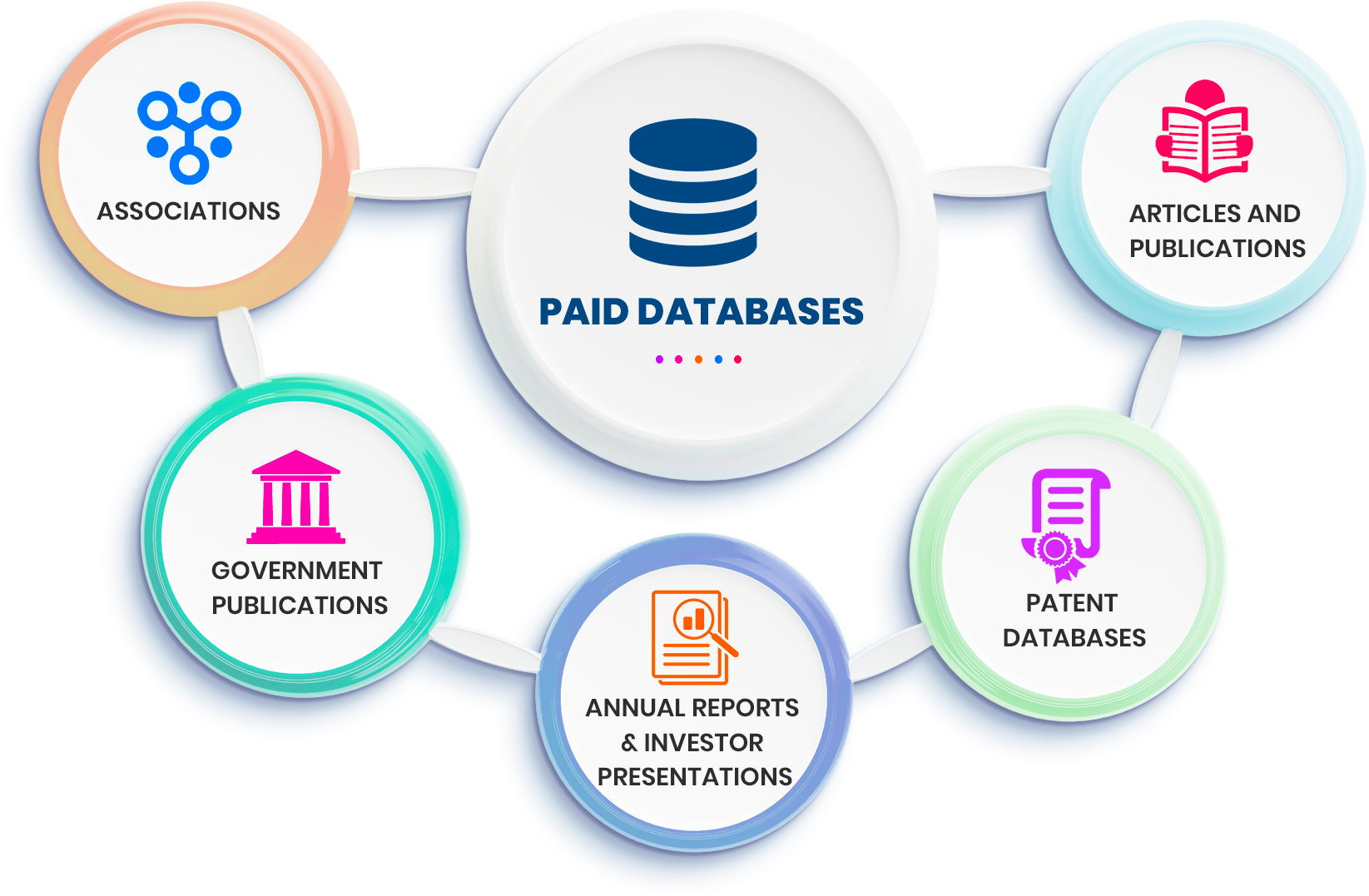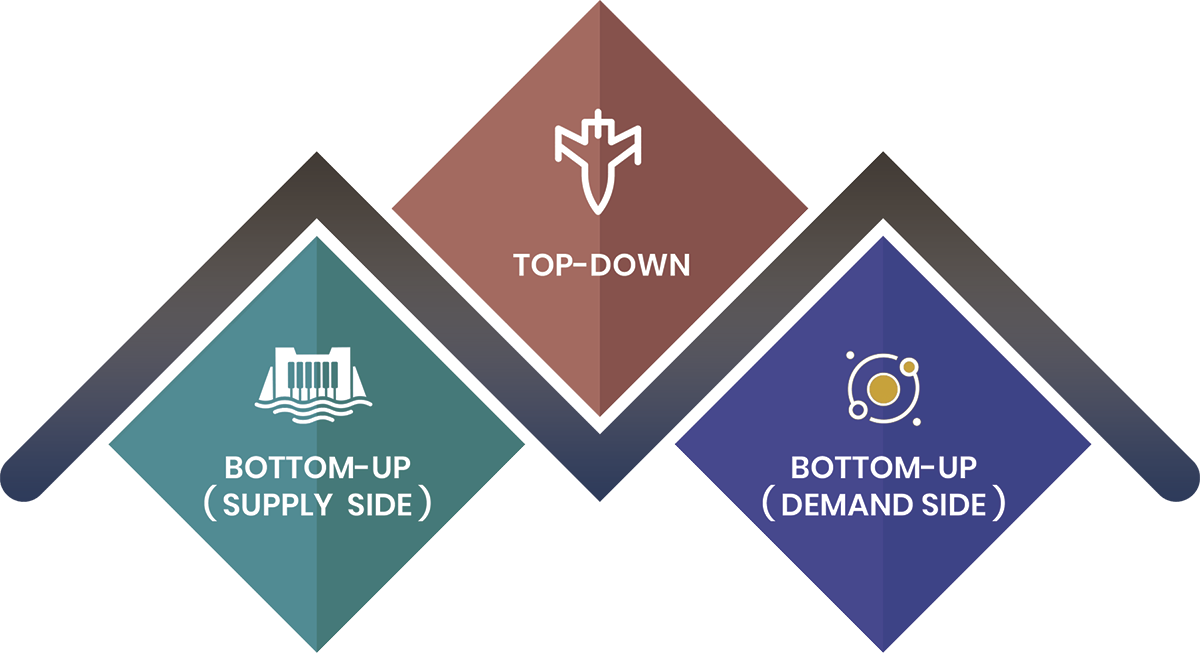Our Research Process Flow
At Advantia Global, we follow a robust, multi-layered research process to deliver accurate, actionable insights that empower businesses to make informed decisions. Our research methodology combines secondary and primary research, proprietary forecasting models, and deep industry expertise to provide a comprehensive market outlook.





